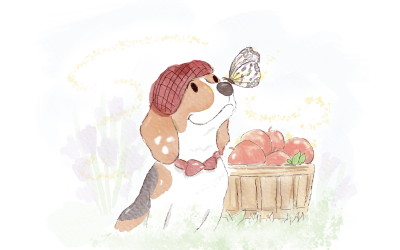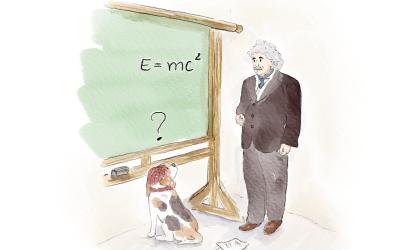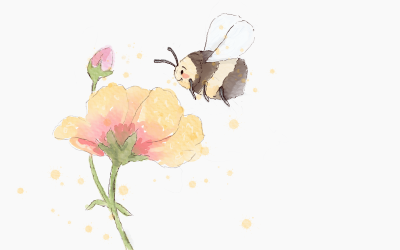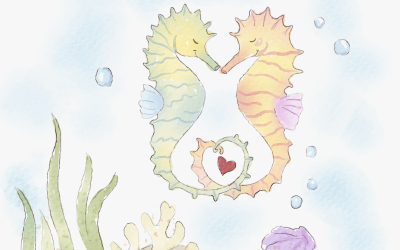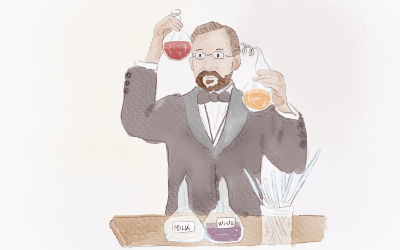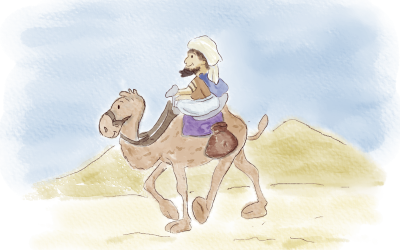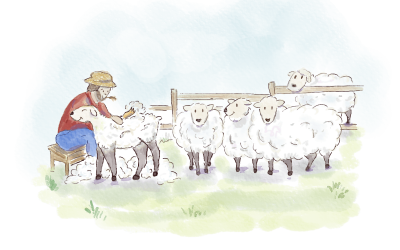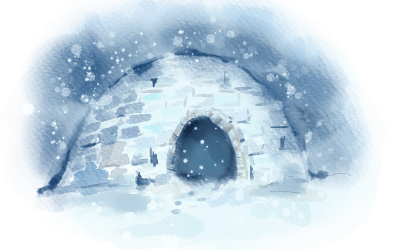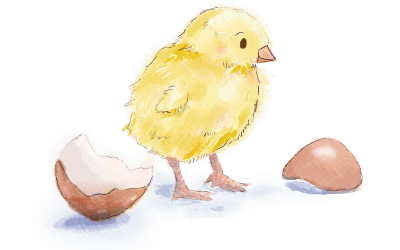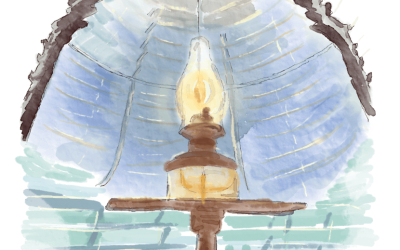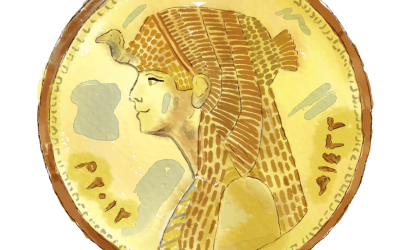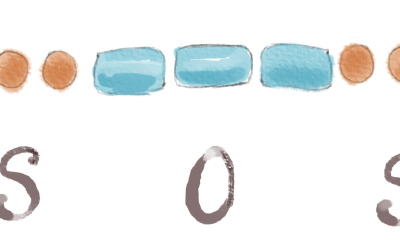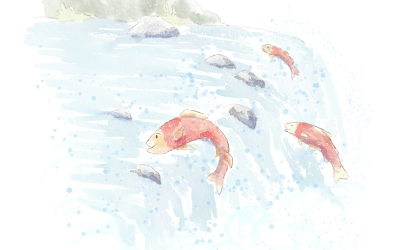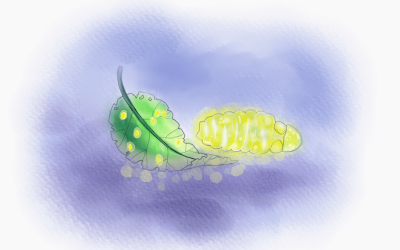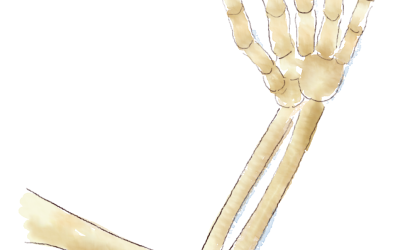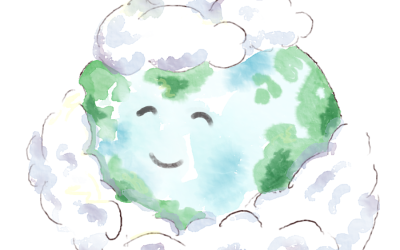How plants get animals to help them grow
How plants get animals to help them growPlants are super clever about spreading their seeds far and wide. Some make colorful flowers so insects pollinate them, which helps plants make seeds. Others grow fruits that animals love to eat, so they take the seeds to...
Albert Einstein: the genius who fast-tracked science
Albert Einstein: the genius who fast-tracked science Einstein lived from 1879 to 1955. He was born in Germany. "The true sign of intelligence is not knowledge but imagination" - Albert Einstein You might have seen pictures of Einstein with his wild hair and funny...
How do bees make honey?
How do bees make honey?Making honey is a busy job for bees, but they've got it down to a science! Just one bee does a tiny bit, but when lots of bees work together, they make more honey than they could ever eat. Let’s see how they do it! 1. When bees buzz into a...
Seahorses: tiny treasures of the sea
Seahorses: tiny treasures of the seaSeahorses are fish that look like tiny horses with curled tails. They have a little fin on their back that lets them swim forward, backwards, up, and down. This fin can beat 50 times per second, but it’s so small that seahorses...
Louis Pasteur: The man who made milk safe to drink
Louis Pasteur: the man who made milk safe to drinkLouis Pasteur lived from 1822 to 1895. He was born in France. Only 200 years ago, people didn’t know what made foods go bad or made them sick. That was until a French scientist, Louis Pasteur, proved that bacteria, and...
Discovering cheese: a tasty accident!
Discovering cheese: a tasty accident!Cheese was discovered by accident Scientists think cheese was discovered at least 3,000 years ago, because they found crumbs inside Egyptian tombs. No one knows who invented cheese, but one legend tells of an Arabian merchant...
1 sheep, 2 sheep, 3 sheep: how we turn wool into clothes
1 sheep, 2 sheep, 3 sheep: how we turn wool into clothes Just like we wear sweaters in winter, sheep have fluffy coats to keep them comfy. Long ago, farmers noticed that sheep dropped some of their wool, and they had a clever idea. They started picking the wool to...
Igloos: the snow homes of the Inuit
Igloos: the snow homes of the InuitWhen the only thing around is snow… In the land of ice and snow, way up in the Arctic, live the Inuit people. Most of the year, the ground lays frozen under a blanket of frost, without a tree or rock in sight. Until the last century,...
How chicks are born: from egg to peeping fluff
How chicks are born: from egg to peeping fluffChicks start life inside an egg First, a mommy chicken grows tiny eggs inside her body. We call her a hen. Hens can lay eggs all year long, but something special happens if a rooster is around. A rooster is a daddy...
Lighthouses use one tiny lightbulb
Lighthouses use one tiny lightbulb Lighthouses have been guardians of the sea for ages. One might think they need a lightbulb as big as a whale, but they only use a tiny lightbulb. Let’s find out how that’s possible, and hear the stories they have to tell about...
Cleopatra: the last Pharaoh
Cleopatra: the last PharaohCleopatra lived from 69 BCE to 30 BCE (Before Common Era dating system counts years backwards). She was born in Egypt. In the history books, Cleopatra’s name shines brightly. She’s a symbol of intelligence, power, and courage. Cleopatra –...
Cracking the secrets of Morse Code
Cracking the secrets of Morse CodeEver wondered how spies talked before smartphones? Let’s tap into the world of Morse Code, where every dot and dash holds a tale waiting to be told. We’ll explore how Morse Code came to be, how people and animals use it, and how you...
The great salmon run
The great salmon runOnce a year, salmon embark on an epic quest. They swim hundreds of miles — battling currents, escaping predators — never stopping to eat. Let’s follow them on their journey to see what’s all the rush! The incredible journey of the mighty salmon ...
Fireflies talk in their own languages
Fireflies talk in their own languages Advice from a firefly: Look on the bright side! Fireflies are insects that glow at night. They light their bellies with chemicals in their bodies and in the air. Each firefly species flashes with its own sequence to send a...
You get a new skeleton every 10 years
You get a new skeleton every 10 yearsDuring your whole life, your bones are replacing themselves. They adapt in shape, size, and place to fit all the amazing things you do. So about every 10 years, you have a whole new skeleton. But why do we even need bones? And how...
Why are clouds in the sky?
Why are clouds in the sky?Have you ever wished you could fly and touch the clouds? They look fluffy from down here, but are they really? Let’s find out what they’re made of — and how exactly they get up there. What are clouds made of? Clouds are made of water drops...

